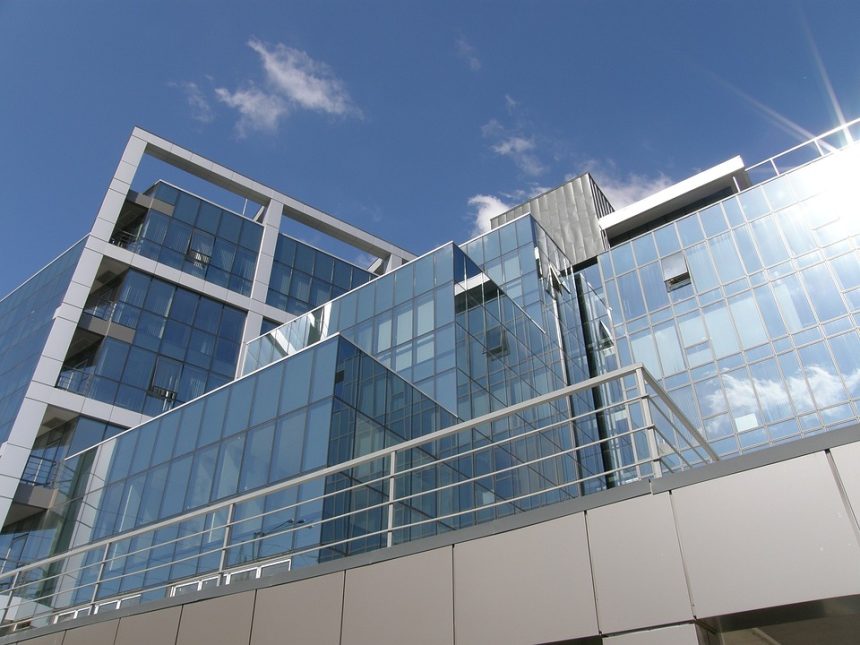In today’s fast-paced and ever-evolving business landscape, the ability to effectively manage and lead project teams can make the difference between success and failure. A high-performing project team drives results, maximizes productivity, and fosters innovation. However, building such a team is not merely about assembling talented individuals; it requires thoughtful consideration of roles, dynamics, communication, and environment. Below are actionable tips and best practices to construct and maintain a high-performing project team.
1. Define Clear Objectives and Roles
Set Well-Articulated Goals
To start, ensure that your team has a clear understanding of the project’s objectives. Use the SMART criteria (Specific, Measurable, Achievable, Relevant, Time-bound) to outline goals that everyone can strive to achieve. When team members know the vision and what success looks like, they are more likely to remain focused and motivated.
Clarify Roles and Responsibilities
Outline individual roles and responsibilities within the team based on each member’s strengths and expertise. This not only prevents overlap and confusion but also fosters accountability. Ensure that every team member understands how their work contributes to the overall project goals.
2. Foster Trust and Open Communication
Build a Culture of Trust
Trust is the bedrock of any successful team. Encourage open dialogue, active listening, and support among team members. Create a safe space where they can express ideas, concerns, and mistakes without fear of judgment.
Implement Effective Communication Channels
Establish structured channels for communication, whether through regular meetings, project management tools, or collaborative platforms. These tools should facilitate quick updates, feedback loops, and transparent information sharing, which are vital to keeping everyone aligned and engaged.
3. Encourage Diversity and Inclusion
Harness Different Perspectives
Diverse teams bring a wealth of ideas and viewpoints that can drive creative problem-solving. Embrace diversity in backgrounds, skills, and experiences, as it enhances team performance by challenging norms and fostering innovation.
Promote an Inclusive Environment
Ensure that all team members feel valued and included in discussions and decision-making processes. This inclusion not only boosts morale but also increases the likelihood of generating innovative solutions and ideas.
4. Invest in Team Development
Provide Learning Opportunities
Empower your team members by offering training and development opportunities. This can include workshops, courses, or mentoring programs. Investing in your team’s skills not only improves their performance but also increases their job satisfaction and loyalty.
Celebrate Achievements and Milestones
Recognizing and celebrating the successes of your team, both big and small, reinforces a sense of accomplishment and boosts morale. Acknowledgment can come in many forms, from verbal praise to team outings or awards.
5. Utilize Effective Project Management Tools
Choose the Right Tools
Adopting appropriate project management tools can greatly enhance team collaboration, task tracking, and time management. Tools like Trello, Asana, or Microsoft Teams allow teams to visualize their progress, assign tasks, and communicate more effectively.
Regularly Review and Adjust Workflows
Encourage the team to regularly assess their workflows and adapt as needed. This iterative process promotes flexibility and responsiveness, which are critical to high-performing teams.
6. Cultivate a Positive Team Culture
Encourage Work-Life Balance
A healthy work-life balance is crucial for maintaining team performance over time. Promote a culture where taking breaks and respecting personal time is expected. This not only helps to reduce burnout but also increases overall productivity and team spirit.
Create Team Bonding Opportunities
Invest in team-building activities, both in-person and virtual. These activities help strengthen relationships, improve collaboration, and foster an atmosphere of camaraderie.
Conclusion
Building a high-performing project team is both an art and a science. By defining clear objectives, fostering trust, encouraging diversity, investing in development, utilizing effective tools, and cultivating a positive culture, organizations can create teams that not only meet their project goals but also thrive and innovate. By focusing on these best practices, leaders can empower their teams to reach their full potential, driving greater success and organizational growth. Remember, a high-performing team is not just about delivering results; it’s also about creating an environment where every member can grow, contribute, and succeed.




